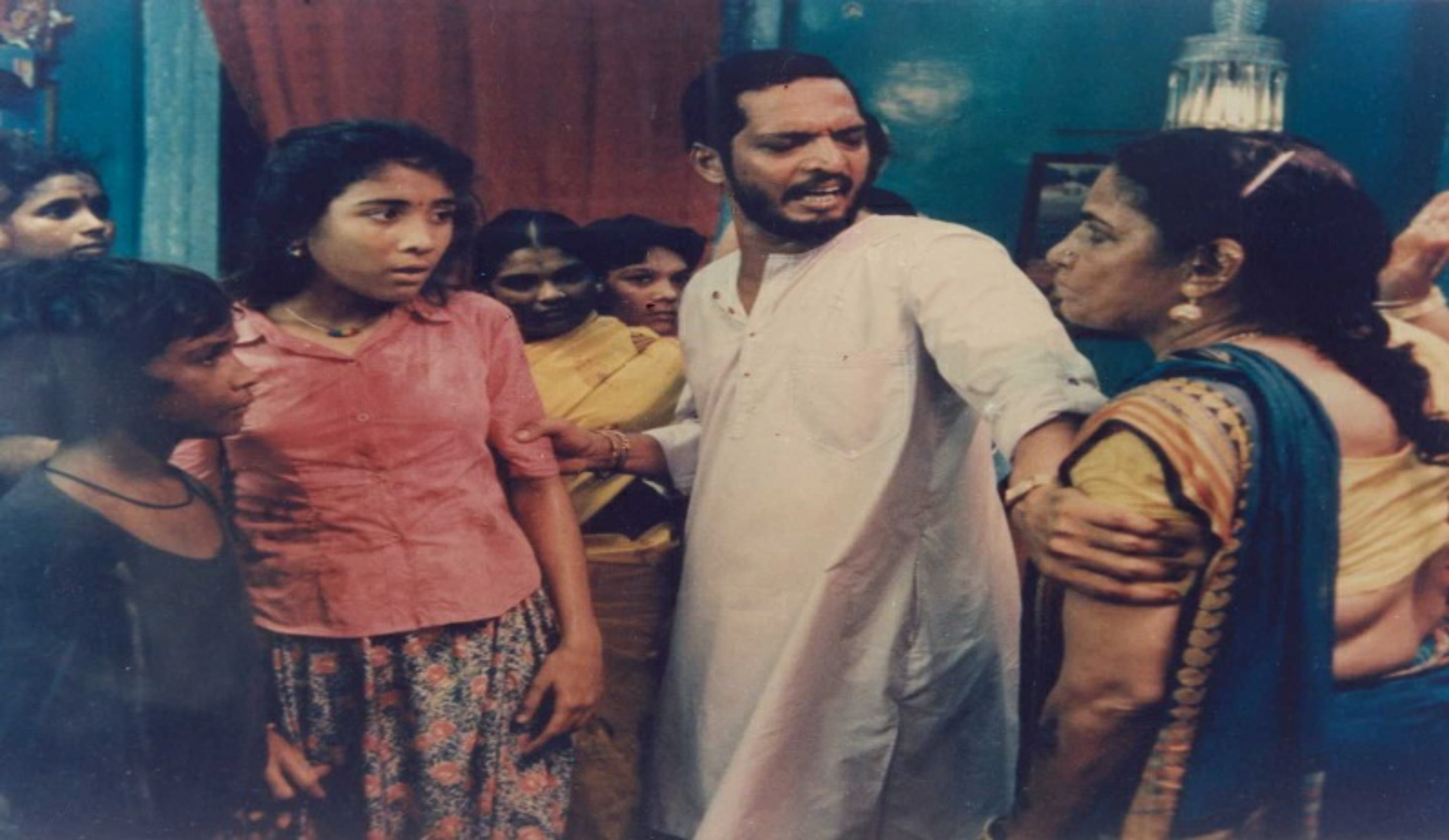Salaam Bombay! had a production story that since has become formulaic – get people to become actors, rather than actors to become people. More than that, the film offered the outsider an ecstatically earnest view of India, the rough-cuts through the seam of globalised blankets — Pepsi Co arrived in India in 1988 and would go on to change the outlook of the Indian middle classes forever and most essentially the street itself. Symptomatic of the malaise at the heart of economic reforms that were to follow, the streets were no longer the site of the story, as much as they were for erecting dreams — the affordable television, the car, the trip abroad and so on.

Nair’s film, as the New York Times put it, reformed not through narrative jollies, or by wrapping things in an optimistic shroud but purely by lending identity to its characters; more than anyone else Shafiq Syed’s 11-year-old Chaipau who is neither too young for targets, nor too old to lose sight of them in the face of struggle. There is something almost joyous in Chaipau’s calculated retreats to his plan of saving 500 rupees amidst the chaotic, unsentimental community of urchins he lives with. Salaam Bombay! operates between a rock and a hard place, but it never feeds on its brutality, but finds in the friction of life, moments relative to identity and character, of learning, and most tragically, doomed love. Such as the real life journey of Shafiq Syed, who most recently was still struggling to make ends meet.
During the ’60s, the then prime minister Jawaharlal Nehru, in an attempt to re-define India’s space in the world of cinema, did everything in his power to bring a tinge of auspice to the seduction story of India’s oriental past. Two decades on, Nair perhaps shifted the lens to what independent India had created for itself – a sprawling landscape of equal parts singed mortar and limb. After Salaam Bombay, Roland Joffe’s City of Joy (1992) resonated with similar themes. Since then, filmmakers with global credence for some reason stayed away up until Danny Boyle’s Slumdog Millionaire (2008) and Garth Davis’ Lion (2016) returned with similar ruminations.

Both Lion and Slumdog Millionaire, however, regardless of their roots in fact or fiction, fail to purposefulness akin to Nair’s film. The precociousness of Chaipau and his friends is more learned than the oppressed opportunism of children in Slumdog Millionaire and Lion, both of which were written from the tragedy forward, in past-tense. Salaam Bombay! on the other hand, feels current, even today. Its greatest tragedies appear not in the mirror, but in the imperceptible future where all of its characters want to run.
Most of these films are often criticised for being oriental (though Nair is India-born), made by the ‘other’, which is perhaps educational because the ones made by our own are either utopian or escapist. Indian cinema is atrociously lightweight in exploring its own unscratched belly. On the other hand it chooses to moon over brothels and gangsters, because they automatically seem fetching as narrative boosters. Perhaps, the Indian writer struggles to write beyond the gundas and their girls, or is simply programmed to do so.

Nair, who was 31 when she directed Salaam Bombay!, was a documentary maker before she dived into fiction. It shows. Her gaze is unmitigated by the numbness of age. Her film, which was born out of a research project, treats its kids as the first among equals, however sinister or cynical. Perhaps, what filmmakers can take away from Nair’s film is that perversity need not always be a bane. And to treat it for what it is may only be fair. They dream, like we do. The only difference, may be, that like Chaipau at the end of Salaam Bombay!. dreams can become endless, and it is not the end that hurts as much as not being able to see it.
Varda Ahmad is a student pursuing Economics from Jamia Millia Islamia.
Edited by: Rutba Iqbal




